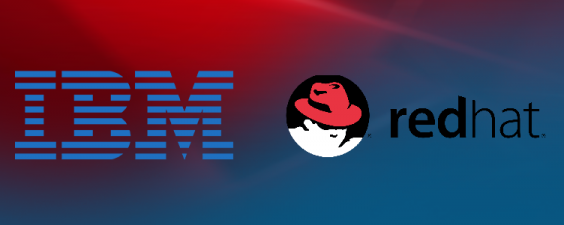
“To the extent a party makes, uses, sells, offers to sell, imports, or otherwise transfers Covered FOSS, Red Hat agrees not to use such actions as a basis for enforcing its patents against the party.”
The above mentioned is the opening line of Red Hat’s “Patent Promise”. Open Source Software (OSS) and patent protection have never been the best of allies. But Red Hat altered that equation by turning free and open software into a product.
Red Hat is the world’s leading provider of open source-based information technology (IT) solutions and is known for its enterprise operating system Red Hat Enterprise Linux. It owns an impressive portfolio of more than three-thousand patent assets. The company discourages patent aggression and made its first Patent Promise in 2002, which is the commitment not to enforce its patent portfolio against open source software.
The Red Hat Philosophy
Red Hat’s defensive approach to patents has built trust among the open source developers and has fostered innovation on the company’s platforms. The company embraces and propagates the open source ethos of contribution, collaboration and transparency. Red Hat’s core philosophy is rightly captured in a quote by Jim Whitehurst, Red Hat’s current CEO and president, “Open source is the driving force behind much of the technology innovation.”
Red Hat has built a substantial patent portfolio over two decades of its existence. Figure 1 depicts the number of patent assets owned by the company across technology categories. In the figure, the size of a bubble corresponds to the total number of patent applications for a technology category. The bubble proximity corresponds to the “relatedness” of the individual technology categories.
Aiming for the Cloud – Why IBM wants Red Hat
Red Hat’s move from being an enterprise Linux provider to cloud computing has been interesting and strategic. In 2006, Red Hat acquired JBoss, a leading Java middleware company, as a part of its plan to provide customers with a cloud-based enterprise stack. Red Hat’s big ‘cloud’ break happened when it started working with OpenStack, which formed the foundation of Red Hat’s Infrastructure-as-a-service model.
After leading the open source movement for two decades, Red Hat is being acquired by IBM. Irrespective of whether IBM’s primary reason for this move is to establish cloud supremacy and compete with Microsoft, Amazon and Google, or to make greater inroads into the open-source ecosystem, it marks a major change for both the companies. Considered to be one of the most significant tech acquisition of 2018, it is speculated that this deal will change the cloud-market landscape.
IBM and Red Hat are among the largest contributors to the Java platform and our analysis reveals that Red Hat’s patent assets will bolster IBM’s large and diverse portfolio in cloud-related technology areas.
Table 1 shows the portfolio fit of the two companies. It gives the number of patent assets for IBM and Red Hat in each technology category. While IBM possesses a huge patent portfolio across technologies, Red Hat has built a medium-sized patent portfolio that is tightly focused on cloud infrastructure and software, specifically addressing its deployment and management.
Red Hat’s average patent portfolio quality is high.
We computed the average Star Rating (Relecura’s measure for the quality of individual patents) for the portfolio. It turned out to be 2.9 out of 5. Typically, a patent with a Relecura Star rating of 3 or more is deemed as one of high-quality.
IBM’s patent portfolio is many orders of magnitude larger than that of Red Hat, with greater coverage in each of the technology categories addressed by Red Hat’s portfolio. Hence, it does not seem that patents were the main driver for IBM’s acquisition of Red Hat, in comparison to other strategic objectives such as making inroads into the open cloud segment by virtue of Red Hat’s established position in the market, and thus competing more strongly with the leading incumbents like Amazon, Microsoft and Google. Nonetheless, Red Hat’s high-quality patent portfolio will greatly strengthen IBM’s patent coverage in different cloud infrastructure related categories, especially in the U.S. market. Going forward, it will be interesting to track the impact of Red Hat’s acquisition on IBM’s cloud business, once this deal closes in late 2019.











